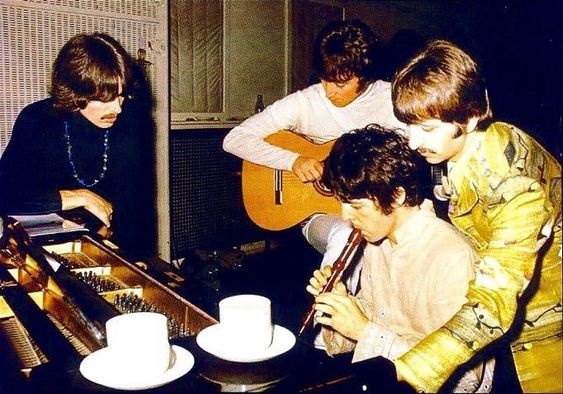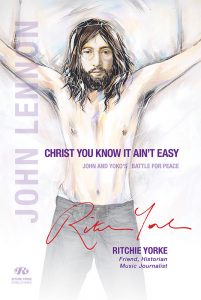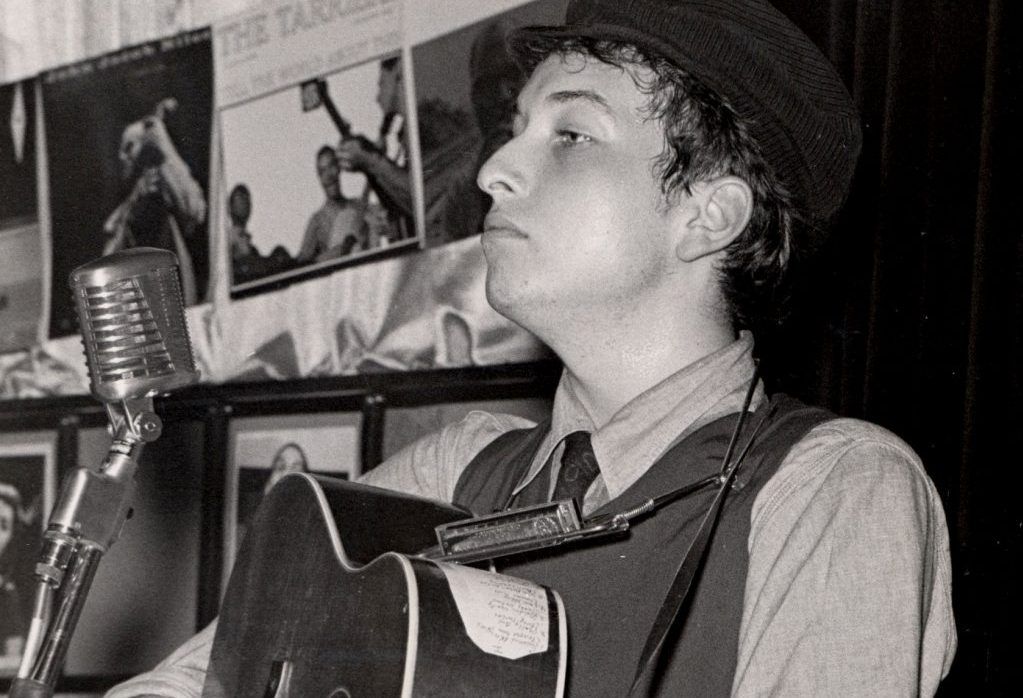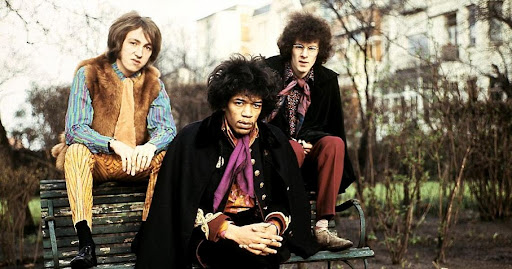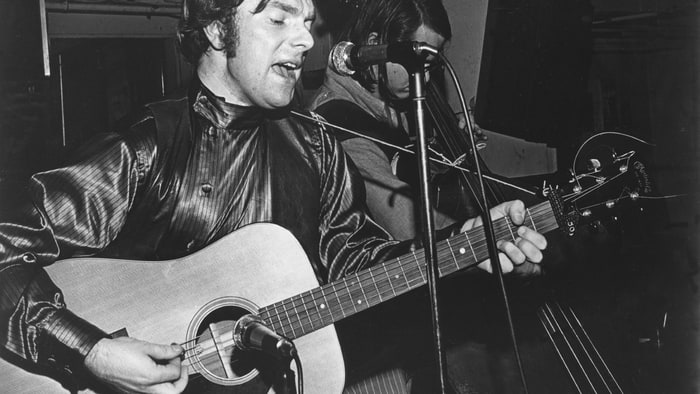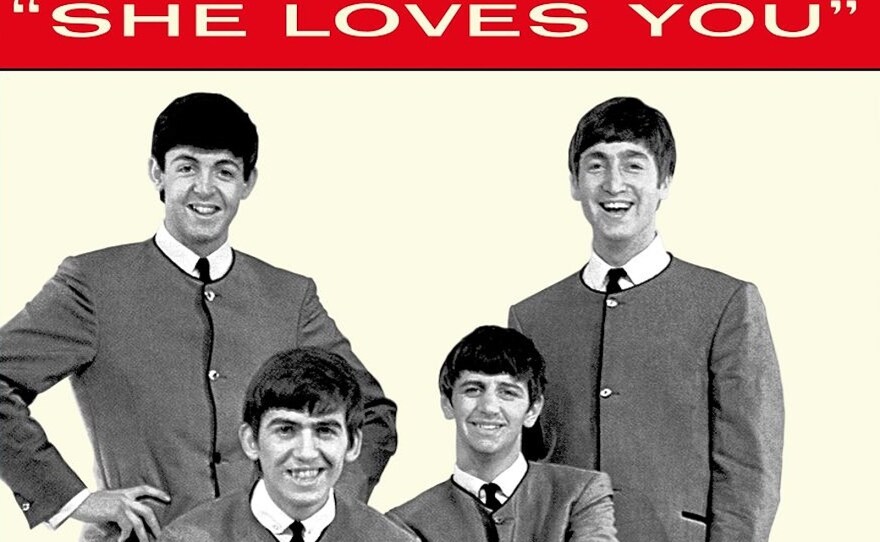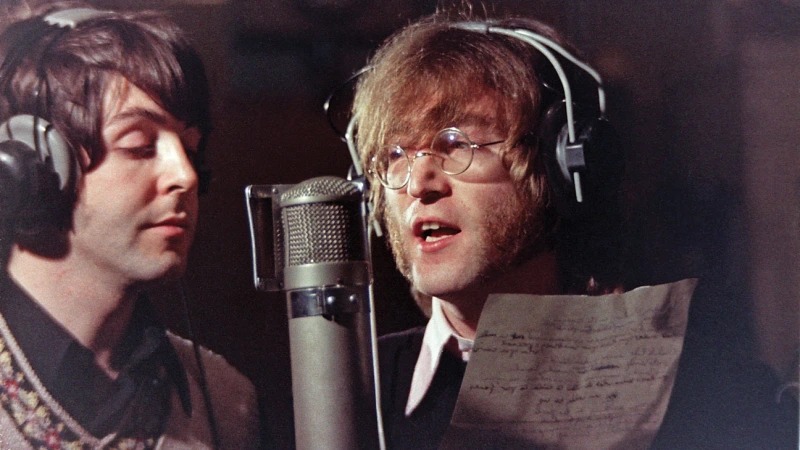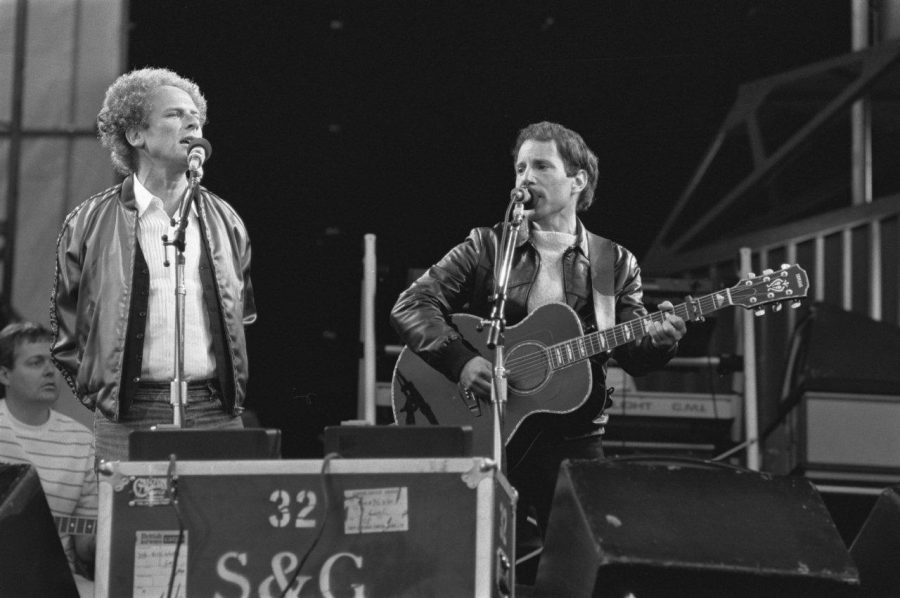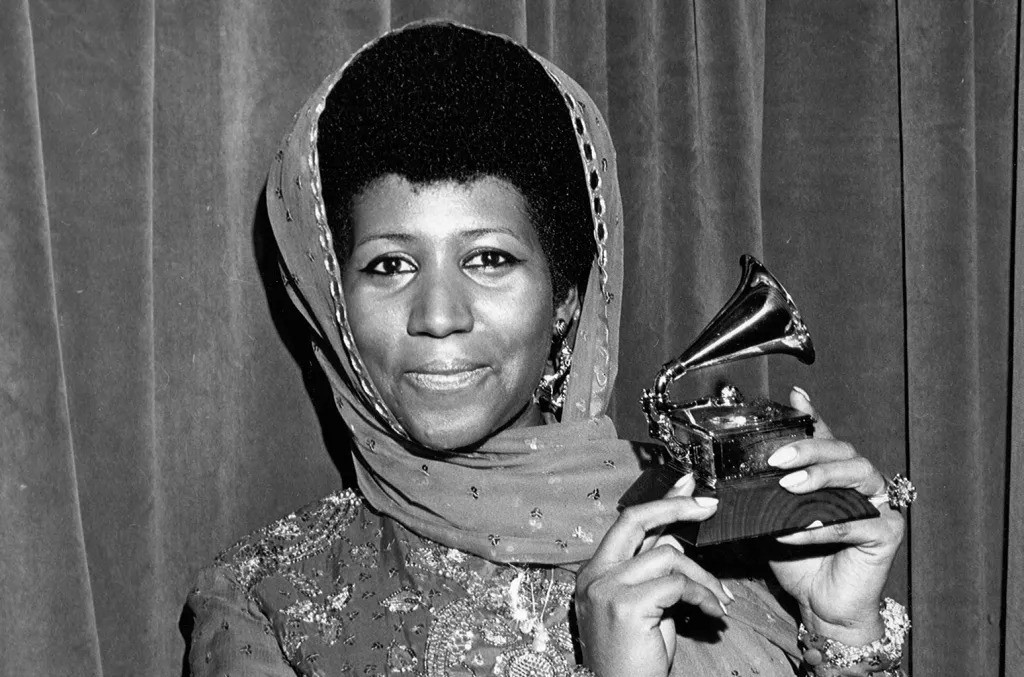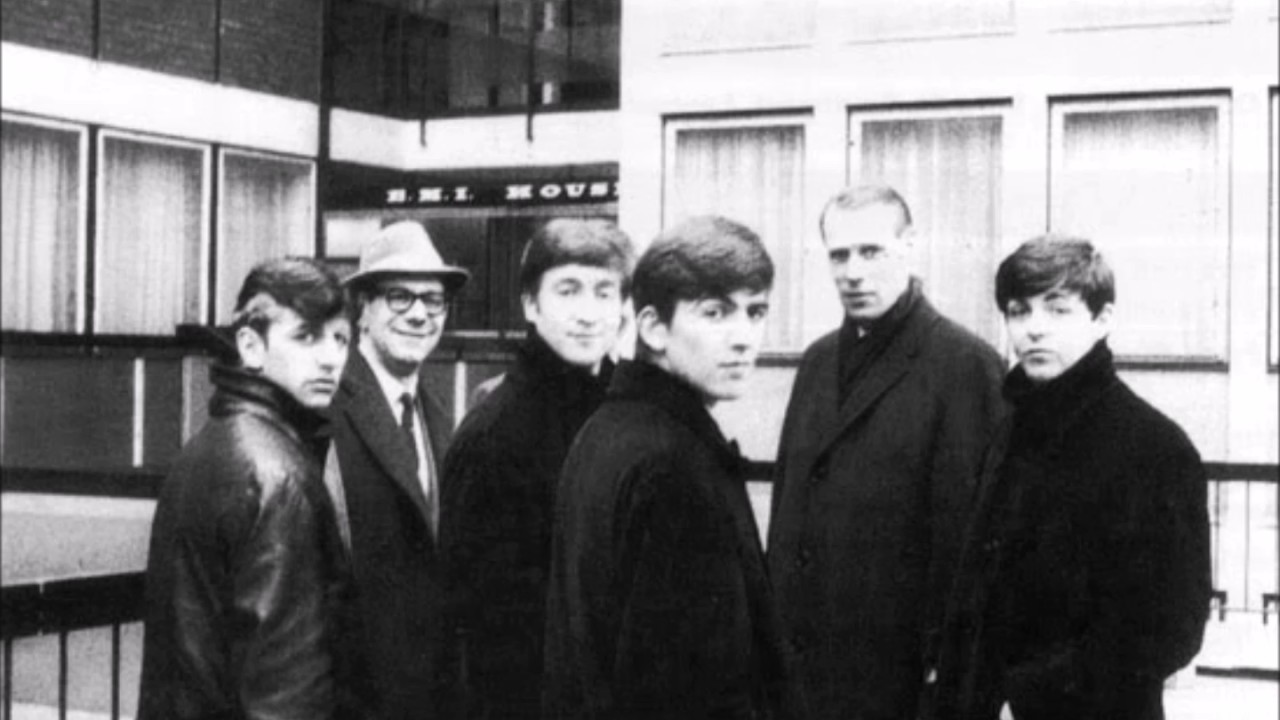25 Apr The Beatles Begin Recording “Magical Mystery Tour”
On this day in 1967, The Beatles began recording for “The Magical Mystery Tour”
Just days after completing work on the Sgt. Pepper’s Lonely Hearts Club Band album, the band returned to EMI Studios in London to start work on their next project. Paul McCartney came up with the concept of a film, based around a mystery coach tour, and came up with a collection of ideas, sketches and scenes that would become the film. The group decided that before they committed to making the film, they would start work on the music that would accompany it.
From the 25th of April, the band started with the title song, which would also be used as the theme music for the film. The song was credited to Lennon-McCartney, but Lennon later said that it was very much Paul’s song, and that he just helped with part of it. On arrival at the studio, only the chord structure and opening refrain were completed, with the rest of the lyrics being improvised along the way. McCartney has said since that many of the lyrics contained hidden references to drug use, as the band was a the height of their psychedelic experimentation.
The song would be continued over the next week, but work on the album then mostly stalled until September, when the filming also began, and the two projects became intertwined. The filming was completed on the 25th of September and the recording continued until the start of November. The completed film would release on Boxing Day of 1967, broadcast in black and white on BBC1 in the UK. The black and white broadcast infuriated the band who had prepared the film in colour, and some say it led to the negative reviews the film gathered. The soundtrack would be released afterwards as a six-song double EP in the UK and an eleven-song album in the US and elsewhere.
Despite the largely negative attention the film received, the accompanying album reviewed well amongst critics, who praised the bands combination of experimentation and pop sensibility. Magical Mystery Tour also performed well on the charts, though not to the same level as the band was accustomed to, which could be attributed to the dual release of the double EP and full length album. Since then, Beatles fans have been divided over the quality of both the film and the album, but most agree the album was better and still contains some great music from the band.

